Announcing the General Availability of IDERA SQL Safe Backup 9.3

Categories
- Free tools
- SQL Admin Toolset
- SQL Compliance Manager
- SQL Defrag Manager
- SQL Diagnostic Manager for MySQL
- SQL Diagnostic Manager for SQL Server
- SQL Diagnostic Manager Pro
- SQL Doctor
- SQL Enterprise Job Manager
- SQL Inventory Manager
- SQL Query Tuner for SQL Server
- SQL Safe Backup
- SQL Secure
- SQL Workload Analysis for SQL Server
- Uptime Infrastructure Monitor Formerly Uptime
Is Your SQL Server Slow? Maybe It’s Trying Too Hard
The following is a guest post by Microsoft Certified Master Robert L Davis. Find more from him at SQLSoldier.com, and follow him on twitter @SQLSoldier. I was talking recently with my friends and former colleagues at Idera about the things that slow down SQL Server....
Copying instance lists between SQL Elements and SQL Diagnostic Manager
If you’re a user of both SQL Elements and SQL Diagnostic Manager, it’s a reasonable bet that you’ll have some overlap of instances being monitored by the two products. Whether you’re using SQL Elements primarily for inventory and tagging purposes, or as a lightweight...
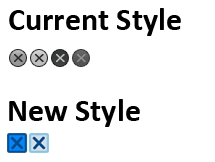
Customizing and Creating VCL Styles
Delphi, C++Builder and RAD Studio include various VCL styles out of the box. These can be used for your Windows applications and customized via the included Bitmap Style Designer (Tools->Bitmap Style Designer). You can also create a new style from scratch. The...
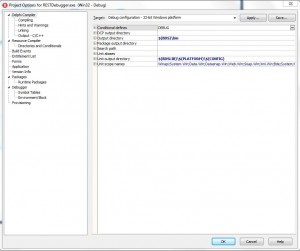
Using the REST Debugger will help you prototype your Delphi and C++ REST apps
As part of the new addition of the REST Client Library components in Delphi, C++Builder and RAD Studio XE5, we also include a REST Debugger so that you can explore REST Services and use it to help prototype the property settings for your app's REST Client...

Five Must-Have Tools For DBA’s
SQL Diagnostic Manager SQL diagnostic manager is a full, feature-rich monitoring solution for your SQL Server and virtualization platform with features like the PowerShell integration. The diagnostic manager PowerShell snap-in and commandlets make it easy to automate...
Percentage Of Full Table Scans.
We are hitting over 50% on our master database for full table scans. Would queries like this: SELECT DATE_FORMAT(now(),'%Y%m%d') as today, DATE_FORMAT(DATE_ADD(now(),INTERVAL 1 DAY),'%Y%m%d') as tomorrow, DATE_FORMAT(DATE_SUB(now(),INTERVAL 1 DAY),'%Y%m%d') as...
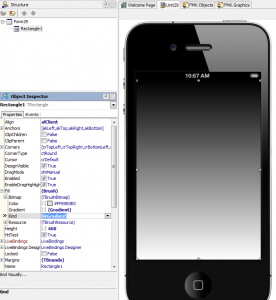
Fun with FireMonkey Gradients
Everybody loves colours. Great apps should use colours in clever and original ways. I have been recently spending a lot of time using Delphi XE5 for designing screens for mobile apps and must admit that I really like the way how iOS 7 is using colours and gradients....
Android Bluetooth SPP / RS232 with Delphi XE5 YouTube video and examples
I found this great Delphi XE5 Android Bluetooth YouTube video, by Björn Hansen, from back in September last year after the launch of Delphi XE5. it shows you how to use Delphi to create an Android app that uses Bluetooth to connect to a lighting control system. The...
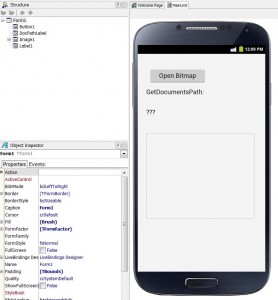
Delphi XE5 – deploying and accessing local files on iOS and Android
Larry in Canada recently sent me an email asking a Delphi XE5 mobile multi-device question: "How do you include files and/or folders containing files with a Delphi Android application APK file?" I told him I would create a simple example and explain how...
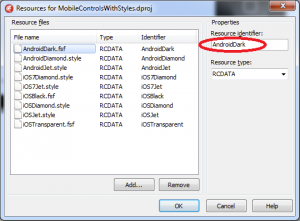
Changing FireMonkey style at runtime
Last month Sarina DuPont blogged about loading custom FireMonkey styles on a mobile device at runtime ("How to load custom styles at runtime"). That's a very interesting approach to compile a custom style as a resource into the mobile app. This week...
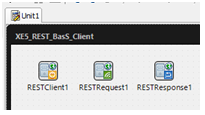
Using the new REST Client library components to connect to Web & Cloud services (Part 2)
This REST BaaS (Backend as a Service) client tutorial shows how to use the Embarcadero REST Library for accessing REST-based web services (REST stands for Representational State Transfer). The library is available for all platforms that are supported by Delphi. The...
Using iAnywhere Driver, how to fix conversion errors using dates which used to work with the old driver ?
In Aqua Data Studio 14.0.0, I checked the option "Use iAnywhere Driver" for a Sybase IQ 15+ Server property to test the Bulk Import Feature. The difference I can find using iAnywhere driver, is that while executing queries involving dates I now get a conversion error....
The Cheat-Sheet on SharePoint’s Distributed Cache
I was in Indiana this past weekend at SharePoint Saturday Indianapolis, and one of the presentations I delivered at the event was a favorite of mine: “Caching-In” for SharePoint Performance.” With SharePoint 2013 hitting the streets, I decided it would be a good idea...
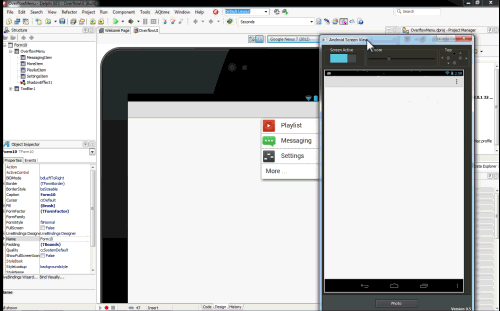
Creating an Overflow Menu on Android
During my CodeRage 8 session I talked about creating an Action Bar with an Overflow menu, so I wanted to provide some step-by-step instructions. On Android, an Action Bar is a top (or top and bottom aligned) toolbar that is segmented into 4 key functional areas. One...
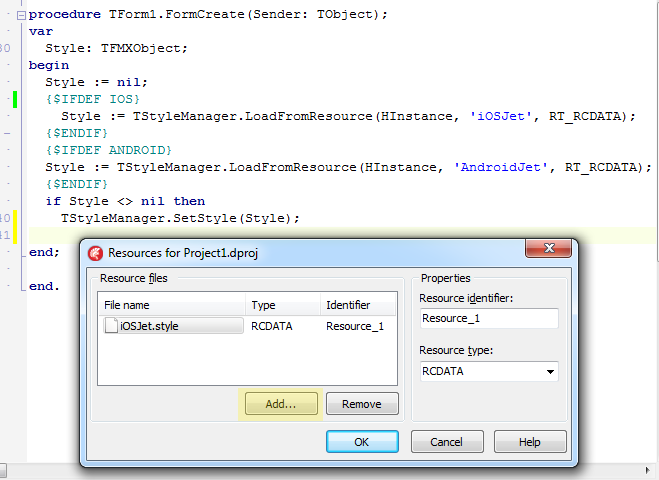
How to load custom styles at runtime
During my session at CodeRage, I briefly talked about how to load custom styles at runtime. I wanted to elaborate on this topic and provide some detailed steps. In this example, we are creating a mobile app for iOS and Android that uses the 'Jet' Premium...
Bridging the NoSQL, Cloud and Big Data gap with Studio 14!
With increasing adoption of NoSQL, Cloud and Big Data databases, we have released our new 14.0 version of Aqua Data Studio with full support for MongoDB, Apache Cassandra, Apache Hive and Microsoft Azure. Our 14.0 release is packed with new features, new database...

Mobile app lifecycle events handling in Delphi XE5
The lifecycle of a mobile app is more complex and different from a desktop app. On a mobile device an application runs either in the foreground or in the background. When a phone calls arrive or when user opens another app, our app is going to background. If you are a...
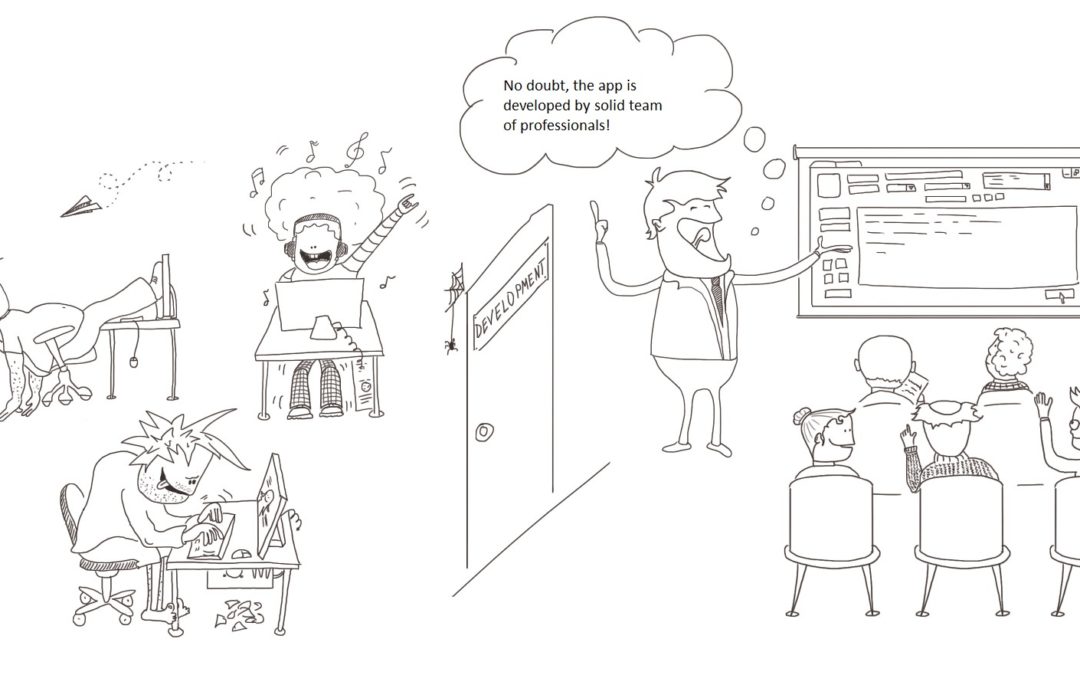
Are you asking about app size? (by Delphi for Android)
You're asking about app size? Not a news. Since Delphi 1 people're asking "why Windows calculator is 33 kb, while Delphi version of the same exe is 300 kb"? Then and now it's a question not about technology. Are you asking about the technology?...
Playing Audio Clips on Android
I have been working with our R&D team on the samples and snippets for RAD Studio XE5. Our mobile snippets are designed to showcase key functionality with just a couple of lines of code. Today I thought I would highlight our AudioPlayBack snippet. This snippet...
Manipulating File System Paths (Part 3)
In previous tips we illustrated how you can turn file system paths into arrays and then create new paths by changing or excluding parts of the array. This can become even more convenient when you cast the array to an ArrayList type. Now, it is very easy to exclude...